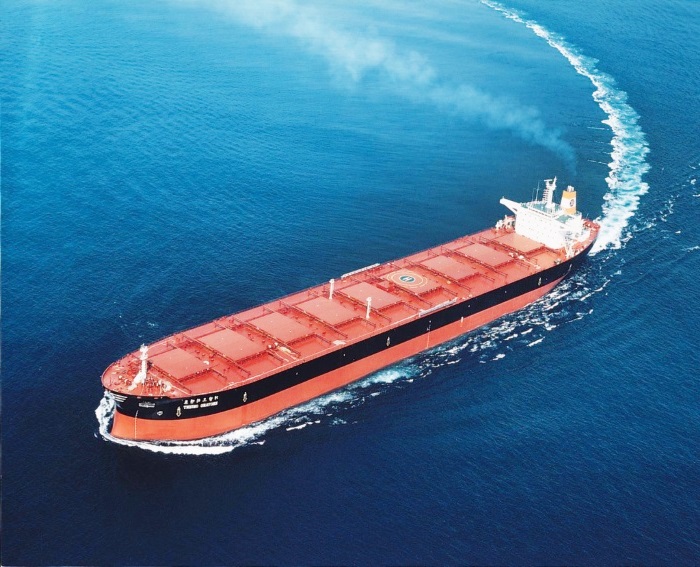The impact of potential U.S. tariffs in a series of countries and regions could have be significant in the shipping markets. In its latest weekly report, shipbroker Xclusiv said that “U.S. President Donald Trump’s decision to impose a 25% tariff on all steel and aluminum imports marks a significant shift in the U.S.’s trade policy, further intensifying tensions in the global market. Effective from March 4, 2025, these new tariffs will apply universally, including to key suppliers such as Canada, Brazil, Mexico, and South Korea, removing the previous exceptions and quotas. This bold move is intended to protect U.S. domestic industries but risks sparking a multi-front trade war that could disrupt global trade and shipping flows”.
According to Xclusiv, “the impact of these tariffs on seaborne trade is already becoming apparent. With the tariff deadline approaching, there may be an increase in U.S. imports of steel and aluminum as companies rush to stockpile these metals ahead of the new levies. This surge in demand could temporarily boost freight rates for vessels transporting these materials. Ιf the tariffs take full effect, countries like Brazil, a key supplier of steel to the U.S. by sea, could see a significant decline in shipments. Supramax vessels, which have carried two-thirds of all seaborne steel to the U.S. in recent years, are likely to be hit hardest. Countries like Japan and South Korea, also major exporters, are expected to adjust their shipping strategies in response. This shift could alter the demand for specific vessel types, especially those used for transporting steel and other metals. With potential disruptions in steel trade, Supramax and Panamax vessels are likely to face reduced demand, while markets may see a rebalancing of shipping routes and vessel usage. The ripple effects of tariffs extend well beyond the U.S. borders. The European Union, a significant player in transatlantic trade, has expressed strong opposition to these tariffs, calling them unjustified and counterproductive. The EU has already indicated that it will retaliate, which could further strain established trade flows and production chains. Additionally, China’s retaliatory tariffs on U.S. goods, implemented on the same day, add another layer of complexity to the situation”.
The shipbroker added that “these tariffs are expected to target not only countries’ tariffs on U.S. goods but also non-tariff barriers such as subsidies, unfair regulations, and lax intellectual property protections. The tariffs would be tailored to each country individually, creating a complex and dynamic trade landscape. As markets await the results of studies expected by April 1, 2025, there is some relief, as the tariffs are not expected to be enacted immediately. However, Trump has also hinted at imposing additional tariffs on goods like cars, semiconductors, and pharmaceuticals, particularly targeting countries such as Japan, South Korea, and the European Union”.
“In conclusion, Trump’s tariff increases on steel, aluminum, and potentially other sectors mark a new chapter in U.S. trade policy, with significant ramifications for global trade, maritime shipping, and international economic relations. As retaliation from other nations becomes increasingly likely, the global shipping industry faces a period of heightened uncertainty, with volatile trade dynamics and the possibility of further disruptions in global trade flows. The coming weeks will be crucial in determining how these tariffs impact not only U.S. industries but also the broader landscape of global trade and logistics”, Xclusiv concluded.
Source: Nikos Roussanoglou, Hellenic Shipping News Worldwide






